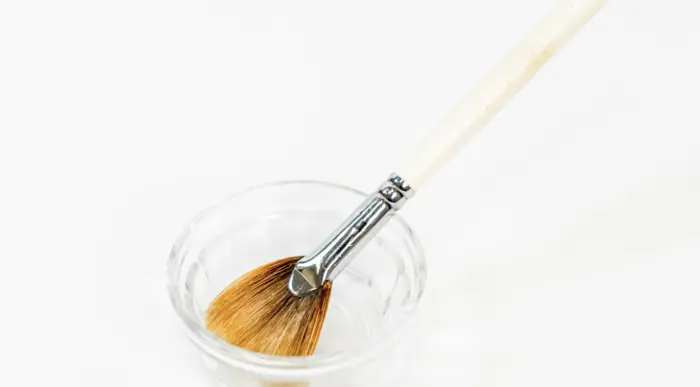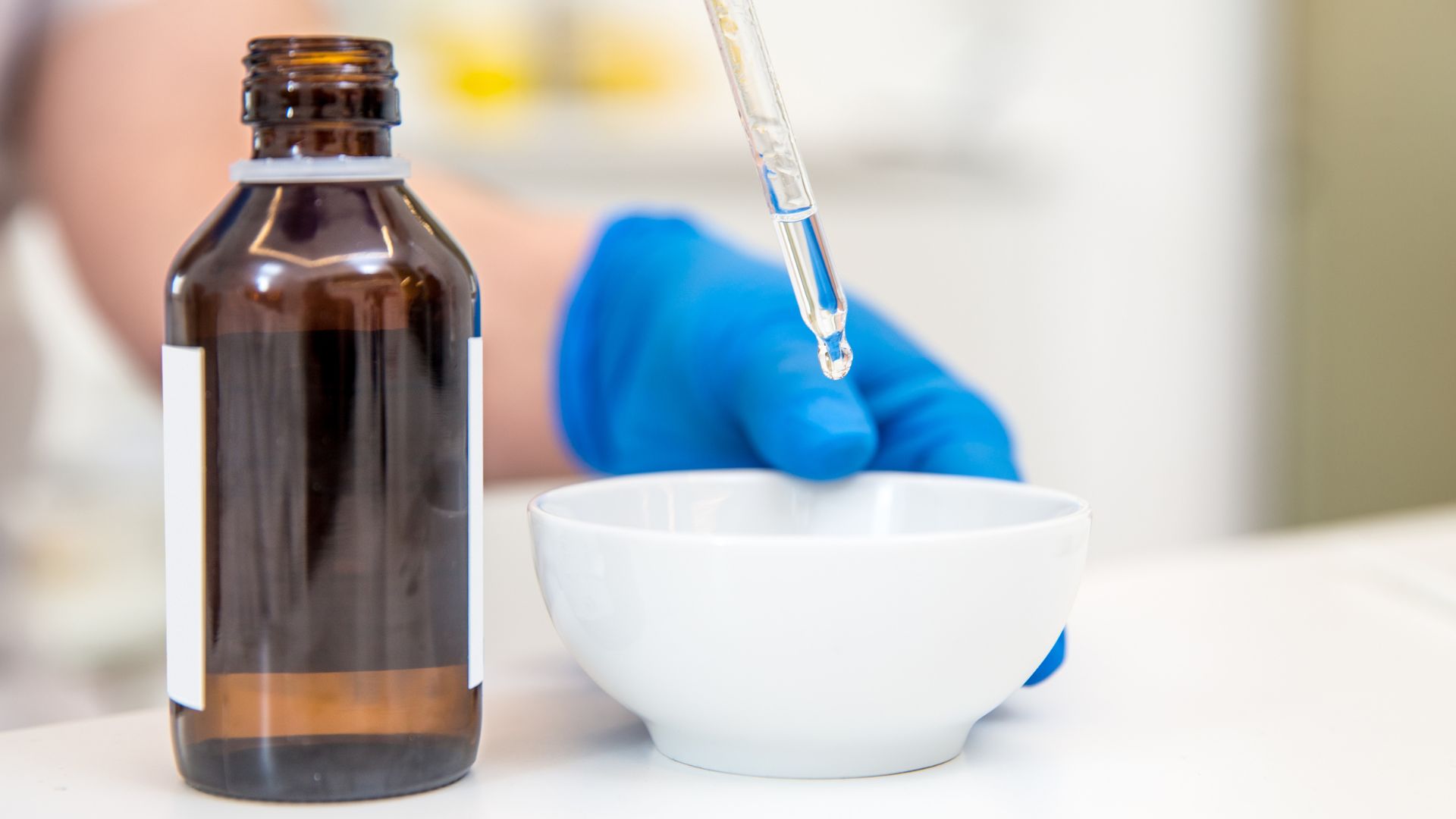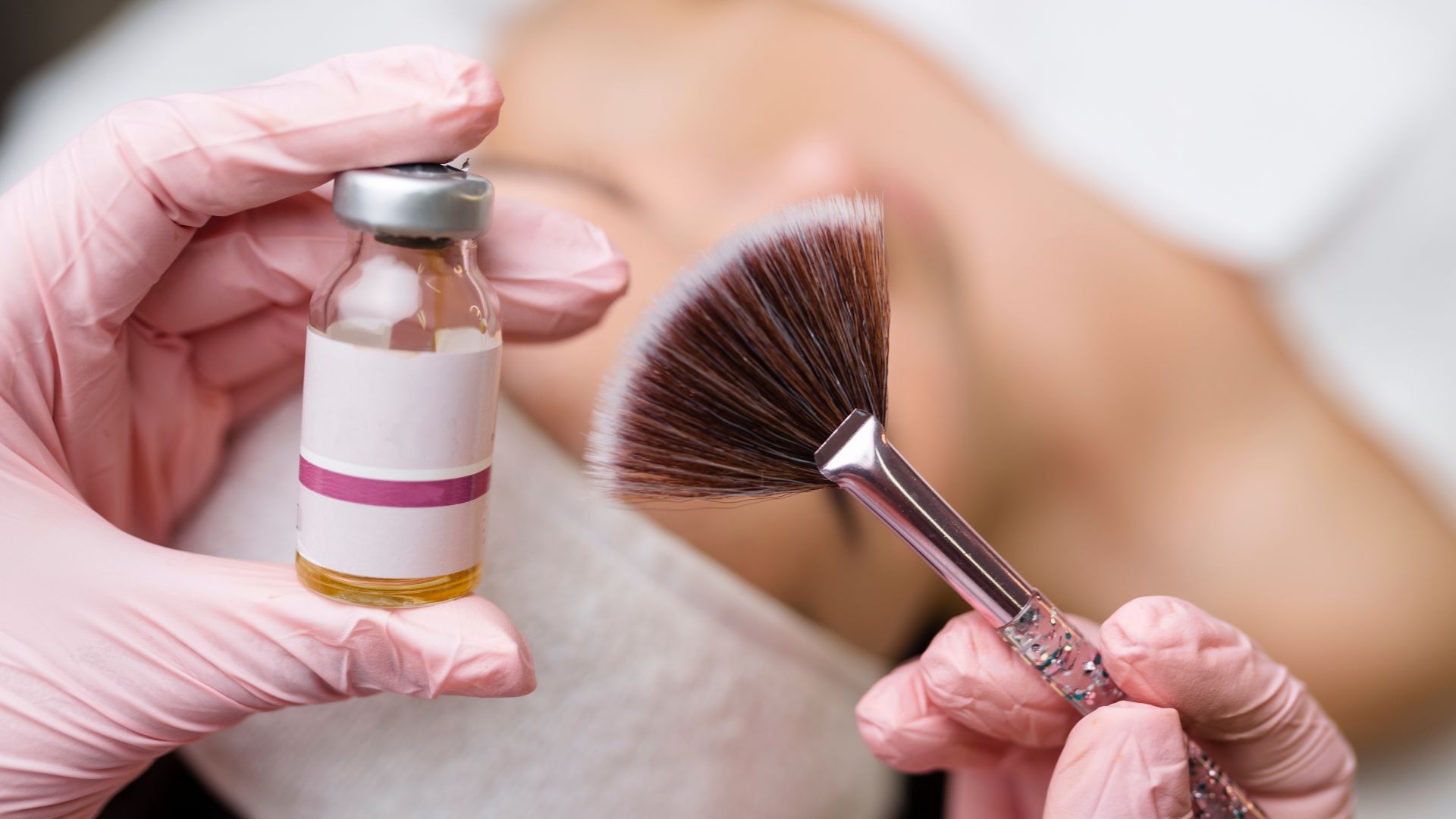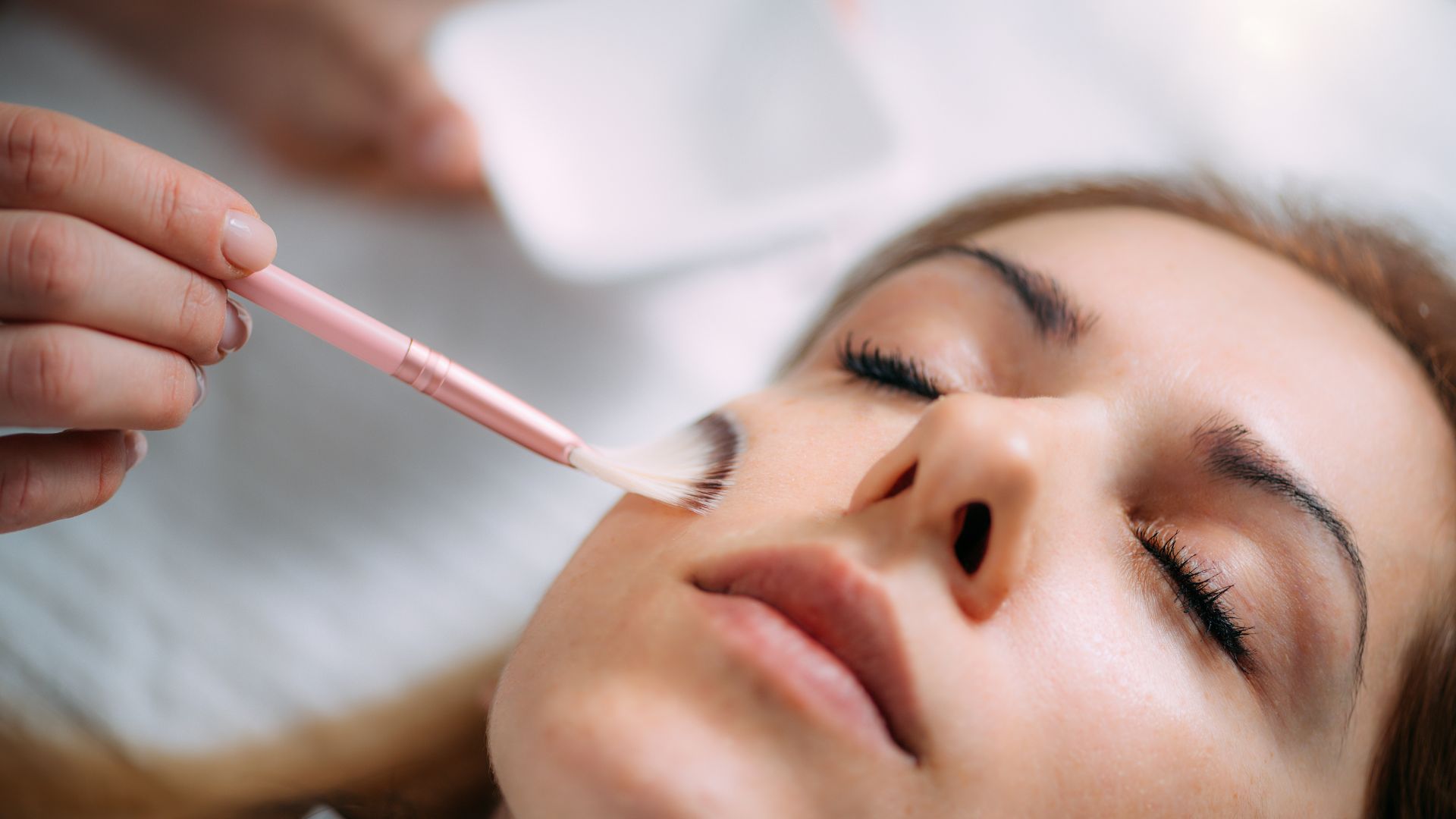
Chemical peels are a popular dermatological treatment for improving skin texture and appearance by exfoliating the skin’s outer layers. According to the American Academy of Dermatology Association, chemical peels can effectively treat various skin conditions, such as acne scars, melasma, and photoaging, by promoting skin cell turnover and collagen production.
Biorepeel is a unique chemical peel that combines several active acids to deliver comprehensive skin rejuvenation. This treatment is designed to improve skin texture, tone, and radiance by addressing multiple skin concerns. Understanding the specific acids in Biorepeel can help you appreciate its effectiveness and suitability for your skincare needs.
In this article, we will delve into the ingredients of Biorepeel, exploring which acids make up this chemical peel and how they contribute to its overall performance.
Key Takeaways
- Biorepeel is a popular chemical peel known for its skin rejuvenation benefits.
- The primary acids in Biorepeel include trichloroacetic acid (TCA), salicylic acid, lactic acid, and citric acid, each offering unique skin-enhancing properties.
- In addition to acids, Biorepeel contains amino acids, vitamins, and biostimulating ingredients that work together to improve skin health and appearance.
- Clinical studies and expert opinions support the efficacy and safety of Biorepeel, making it a valuable treatment option for medical professionals.
- Understanding Biorepeel’s composition allows medical professionals to assess its suitability for patients and tailor treatments for optimal results.
About: Doctor Medica is your trusted supplier of top-quality dermal fillers, viscosupplements, and more for your medical practice. We offer genuine products from leading brands at the lowest prices in the market. If you’re looking to buy Biorepeel for your practice, contact the Doctor Medica today.
The Key Acids in Biorepeel

- Trichloroacetic Acid (TCA): This potent exfoliating agent is commonly used in chemical peels. It penetrates the skin’s surface to remove dead skin cells and stimulate new cell growth. TCA effectively treats fine lines, acne scars, and hyperpigmentation, providing a smoother, more even skin texture. It also promotes collagen production, enhancing the skin’s elasticity and firmness.
- Salicylic Acid: This beta hydroxy acid (BHA) is known for penetrating oil-laden pores and exfoliating the skin. Due to its anti-inflammatory properties, it is particularly effective in treating acne and oily skin types. Salicylic acid helps unclog pores, reduce redness, and prevent future breakouts by dissolving dead skin cells and sebum buildup.
- Lactic Acid: This alpha hydroxy acid (AHA) is derived from milk and is known for its gentle exfoliating properties. It helps to remove dead skin cells on the surface, promoting a brighter and more even complexion. Lactic acid also has hydrating properties, making it suitable for dry and sensitive skin types. It enhances the skin’s natural moisture factor, resulting in smoother and softer skin.
- Citric Acid: This other AHA is derived from citrus fruits. It acts as an exfoliant and helps to brighten the skin by reducing the appearance of dark spots and hyperpigmentation. Citric acid also has antioxidant properties, which protect the skin from environmental damage and promote a healthy, radiant complexion. Its use in Biorepeel helps refine skin texture and enhance skin tone.
Other Essential Ingredients in Biorepeel

In addition to its key acids, Biorepeel contains various essential ingredients that contribute to its comprehensive skin rejuvenation effects.
Amino acids play a crucial role in Biorepeel’s formulation. These building blocks of proteins, including glycine, proline, and hydroxyproline, are vital for collagen synthesis. By promoting collagen production, these amino acids help to restore skin elasticity and firmness, leading to a smoother, more youthful appearance.
Vitamins in Biorepeel, such as Vitamin C and Vitamin B2, provide antioxidant protection and support skin health. Vitamin C is known for its brightening properties and its ability to combat oxidative stress, which can lead to premature aging. Vitamin B2, also known as riboflavin, helps to maintain healthy skin by promoting cell turnover and reducing inflammation.
Biostimulating ingredients in Biorepeel, including components like gamma-aminobutyric acid (GABA) and arginine, further enhance its rejuvenating effects. GABA has a calming effect on the skin and helps to reduce fine lines and wrinkles by relaxing the muscles. Arginine, an amino acid, boosts the skin’s natural healing processes and improves circulation, leading to better nutrient delivery and healthier skin.
These ingredients make Biorepeel a powerful treatment for improving skin texture, tone, and overall appearance. The synergy between amino acids, vitamins, and biostimulating compounds ensures that the skin receives comprehensive care, addressing various signs of aging and skin damage.
Clinical Studies and Expert Opinions on Biorepeel

Biorepeel has demonstrated efficacy and safety through various clinical studies and expert evaluations. Research indicates that Biorepeel treats multiple skin issues, including acne scars, hyperpigmentation, fine lines, and wrinkles. The treatment’s combination of Trichloroacetic Acid (TCA) and other active ingredients works synergistically to promote skin rejuvenation with minimal downtime. Studies show significant improvements in skin texture and appearance, validating Biorepeel’s role in modern dermatological practices.
Experts recommend Biorepeel for its dual-action approach, which not only exfoliates but also stimulates collagen production. Dermatologists like to highlight its suitability for patients seeking a quick and effective treatment with minimal recovery time. They note that incorporating amino acids, vitamins, and biostimulating ingredients enhances its overall effectiveness and safety profile.
The consensus among professionals is that Biorepeel offers a versatile and potent solution for various skin concerns, making it a preferred choice in aesthetic medicine.
Assessing the Suitability of Biorepeel for Patients
Biorepeel treatments are designed to address a variety of skin concerns. Achieving optimal results requires customization to meet each patient’s unique needs. Patients need to follow the Biorepeel aftercare instructions to maintain the treatment results.
- Identify the patient’s main skin concerns, such as acne, fine lines, or hyperpigmentation, to focus the treatment.
- Conduct a thorough consultation and perform a patch test before scheduling the entire Biorepeel session.
- Advise patients to stop using products with AHAs, BHAs, and retinol three days before and after their peel to prevent irritation.
- Consider the patient’s skin type and sensitivity when customizing the Biorepeel formula strength.
- For the best outcomes, I recommend a series of 3 sessions, which allows for significant improvements in skin texture and tone.
Conclusion
This chemical peel has a potent mix of acids. Trichloroacetic, salicylic, lactic, and citric acid work together to clear the skin. They peel off dead skin and help with acne. Plus, vitamins and amino acids keep the skin happy and healthy.
FAQs
1. What is Biorepeel?
Biorepeel is a type of chemical peel used in skincare. It is known for its unique blend of acids that work together to rejuvenate and refresh the skin.
2. Which acids make up Biorepeel?
Biorepeel is composed of several vital acids, including Trichloroacetic Acid (TCA), Salicylic Acid, Lactic Acid, and Citric Acid.
3. How does Biorepeel work on the skin?
The combination of acids in Biorepeel exfoliates the top layer of skin cells. This process helps stimulate new cell growth and improves skin texture and tone.
4. Are there any side effects of using Biorepeel?
Like any chemical peel, some people may experience sensitivity or redness after use. Discussing potential side effects with your skincare professional before starting treatment is always best.
References
Chemical peels: Overview. https://www.aad.org/public/cosmetic/younger-looking/chemical-peels-overview
Smith, J., & Anderson, L. (2020). Chemical peels: An overview of ingredients and their effects on skin. Journal of Dermatological Science, 58(3), 215-223. Retrieved from https://www.ncbi.nlm.nih.gov/pmc/articles/PMC2921757/
Arif T. (2015). Salicylic acid as a peeling agent: a comprehensive review. Clinical, cosmetic and investigational dermatology, 8, 455–461. https://doi.org/10.2147/CCID.S84765
Related Articles
Joanna Carr
Amalian Vs Juvederm: Similarities And Differences Reviewed
Interested in learning more about A Review Of The Similarities and Differences of Amalian And Juvederm? Browse Doctor Medica's comprehensive archive o...
Joanna Carr
Understanding the Science Behind Belotero Filler for Lips
Unravel the unique formulation that contribute to natural-looking lip enhancements. Know scientific principles that make Belotero a trusted choice.
Joanna Carr
Intraline Filler Longevity – How Long Does It Last?
Find out how long Intraline dermal fillers last, including factors that influence longevity, product variants, and tips for maintaining optimal result...


